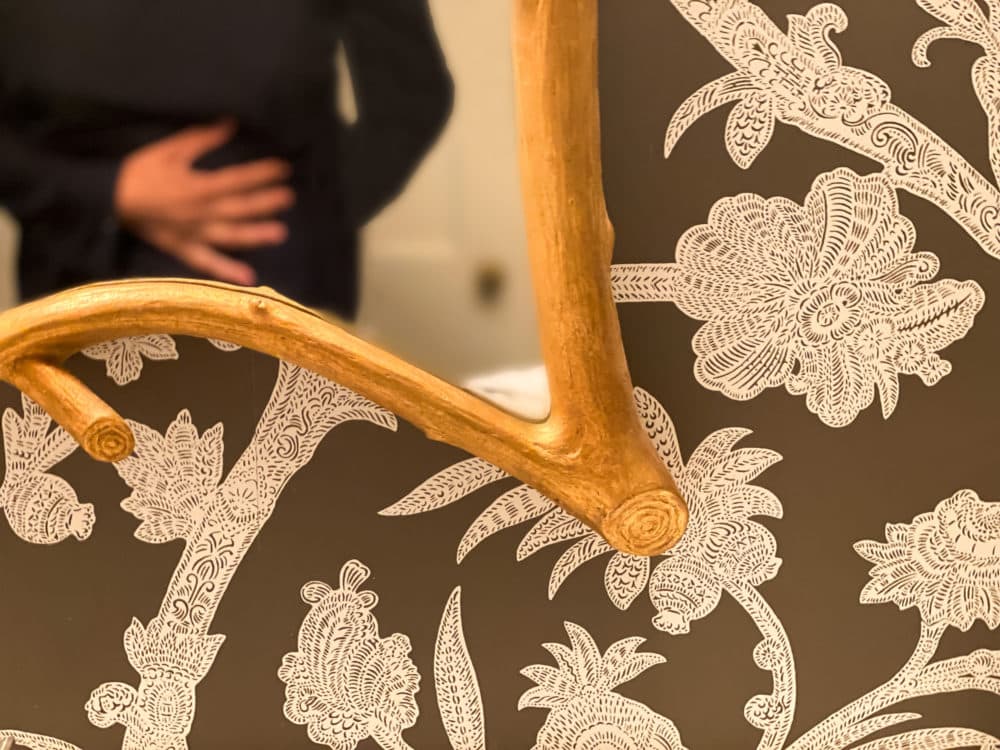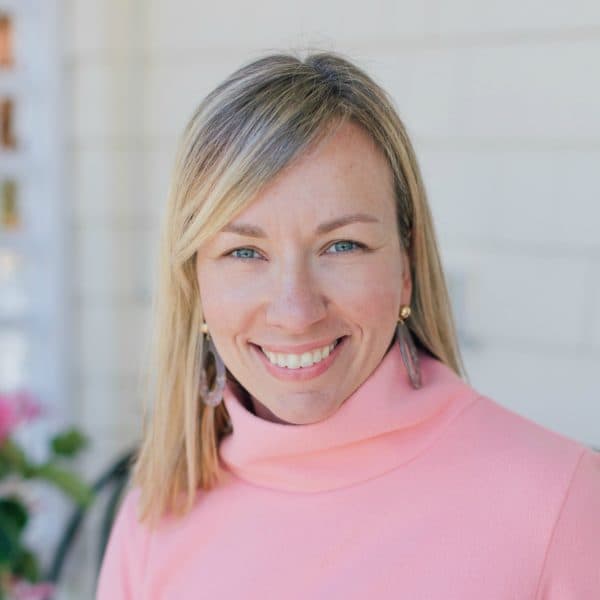Advertisement
Commentary
I eventually got the miscarriage care I needed. But the post-Roe world is crueler to people like me

It couldn’t have been more difficult for me to have children. In my 10-year sprint/slog toward my two boys — who are now 12 and almost 5 — I experienced multiple types of infertility, along with several sorts of pregnancy loss. Every one was a particular breed of trauma.
At no point along the way did I expect to need an abortion, since the singular objective all of the diligent poking, prodding and humbling myself was always to reach the Holy Grail of assisted reproduction: a live, singleton birth. A baby. Still, on March 18, 2014, I found out during an ill-fated anatomy scan that my baby boy had stopped growing sometime during the second trimester. I was still pregnant, but my baby was no longer alive.
Something inside of me died that day, too. I don’t think I’ve ever been the same — not even when my quest for motherhood ended with my second son’s birth via the miraculous gift of surrogate pregnancy.
Before any of that could happen however — before any semblance of healing could begin— I had to travel across state lines for a procedure, because my body hadn’t yet realized what was happening. Sometimes the miscarriage memo is slow to arrive naturally, and medicine must intervene. Sometimes women in my position need what is arguably an abortion. Yet in that moment no one — at least, no one known to my care team — in my largely progressive, Northeast state could help me.
The training for dilation and evacuation (D&E), the medical procedure required to terminate a second-trimester pregnancy for any and all reasons, is fraught. How to empty a uterus after a certain point of pregnancy isn’t taught as routinely during OB-GYN rotation as, say, how to confirm said pregnancy. One result of this gap in training is a shortage of doctors able to step in and care for women like me during one of the most painful moments of our lives.
Sometimes the miscarriage memo is slow to arrive naturally, and medicine must intervene. Sometimes women in my position need what is arguably an abortion.
My own obstetrician, upon learning the news of my fetal demise, simply said that the only doctor at her hospital equipped to perform a D&E after 13 weeks’ gestation was on vacation for two weeks. There was a kind of shrug in her voice, as if what I needed was a haircut or another time-insensitive, nonessential service. As if I wasn’t still pregnant with a desperately wanted, deceased baby. As if I could simply knock on door number two for service to make it no longer so.
I was filled with a particular mix of emotions: fear, anger, something bordering on shame. I felt lost. Abandoned, in a sense, by my caregivers. So, I did what I suspect other women may have also done in my situation: I went home. My husband and I packed up our small SUV — that had, until that moment, awaited a second car seat— and took our older son, then 4 years old, to Boston. There, my network of friends and former providers connected me with the doctors who could perform the procedure I needed.
Since the Dobbs ruling, flashes of outraged fury — that some would act to add, rather than remove, obstacles to miscarriage care insults and infuriates — quickly turn to deep concern for other women in my shoes. In our post-Roe world, millions of women no longer have access to these reproductive care services. They are left to fend for themselves, and many will lose their lives in the process.
I feel fortunate that we had the means to travel — that my case didn’t have to become a greater crisis. But my experience was far from ideal. During my one successful pregnancy, I’d had complications that put me at high risk for bleeding. As I lay in my friend’s guest room the night before my D&E surgery, I looked at my sweet, sleeping son and wondered how I’d gotten myself into a situation where my health was now at risk, and no baby brother would come of it anyway. I longed for the simple comfort of a care team who knew me, a reassuring look from a doctor I trusted. In that sad, scary moment, I needed humanity.
Pregnancy is not a guarantee. I should know; I’ve had six miscarriages.
As it happens, mistakes were made. The surgeon who performed the procedure, more accustomed to elective abortions, neglected to order post hoc fetal testing that may have provided a clue to what happened, some closure. And then, six weeks after my D&E, after an anxious call to my home OB-GYN’s office earlier that day with a concerning symptom, I awoke at 3 a.m. hemorrhaging. My town’s EMS is staffed by high school students. I rode in an ambulance with a teenage boy — who was probably just as embarrassed as I was — to the hospital where my original providers had no choice, ironically, but to help me put an end to the physical ordeal of my final pregnancy.
Bringing a baby into the world is hardly linear at times — it’s not always black and white. Pregnancy is not a guarantee. I should know; I’ve had six miscarriages. I have often said that women who experience its sorrowful side should get a spa-like experience — enveloped in fluffy robes and lavish self-care services as they receive the care they need.
At the very least, care for the sad end of an unsuccessful pregnancy should be as easy to access as care for those that carry to term, concluding with happy tears.
